ECB Governing Council member Peter Kazimir offered two distinct pathways for the central bank’s next move, strongly advocating for a 25 bps rate hike in the upcoming meeting next week.
Kazimir laid out the two scenarios: either to pause during the September meeting and opt for a “hopefully final” hike in October or December, or to proceed with a 25 basis point increase immediately, and “take a breather thereafter.”
“The second option seems preferable, reasonable, to me,” Kazimir emphatically stated. According to him, taking the latter route would be a “more straight forward and efficient solution,” providing the markets with clearer signals. Furthermore, it would allow policymakers additional time to confirm that inflation is moving towards the 2% target in a sustainable manner.
Kazimir’s recommendation comes at a time when there are increasing uncertainties surrounding the economic outlook. He acknowledged that “forecasts for inflation and economic growth are yet to be updated,” but insisted on taking pre-emptive action. “It is, therefore, necessary to take one more step. As they say, better to be safe than sorry,” he remarked.

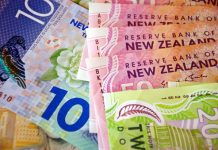
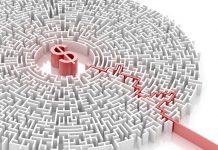

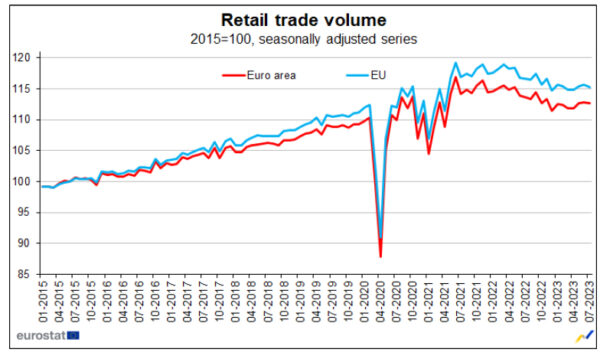
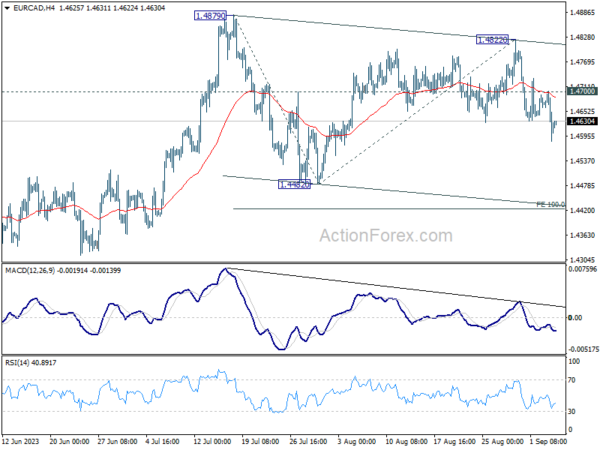
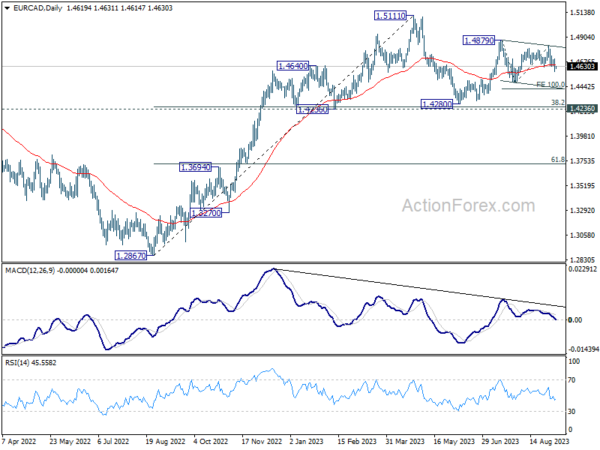

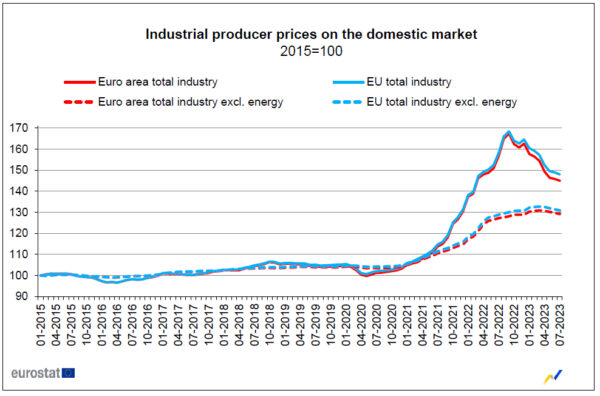
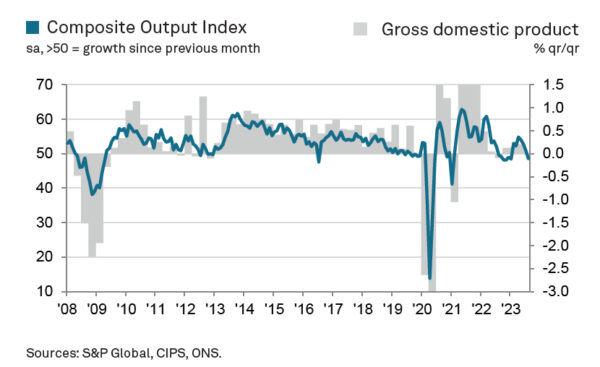
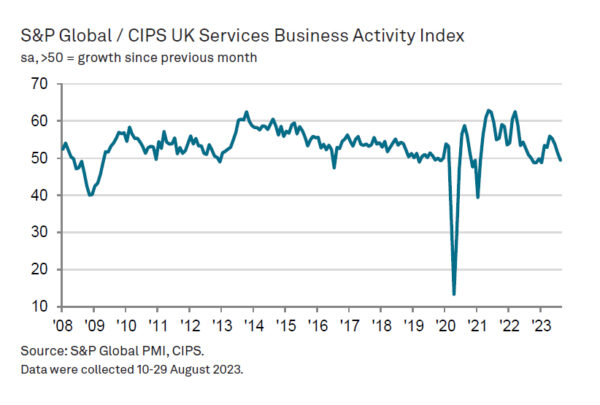
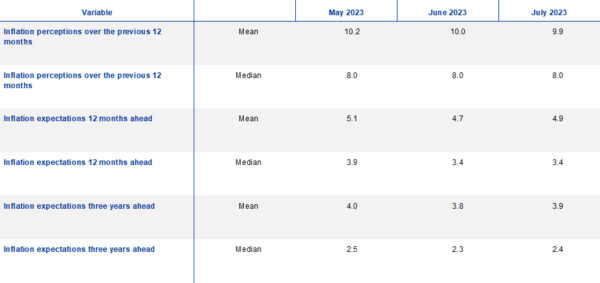
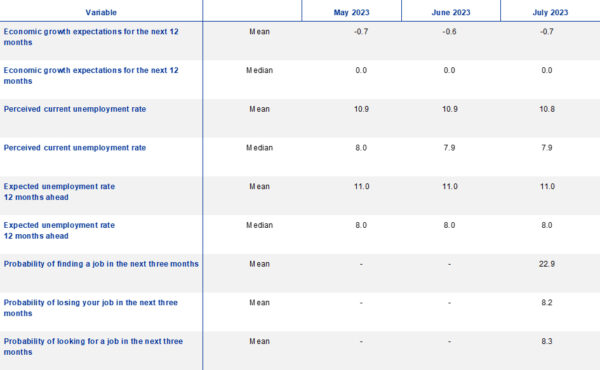
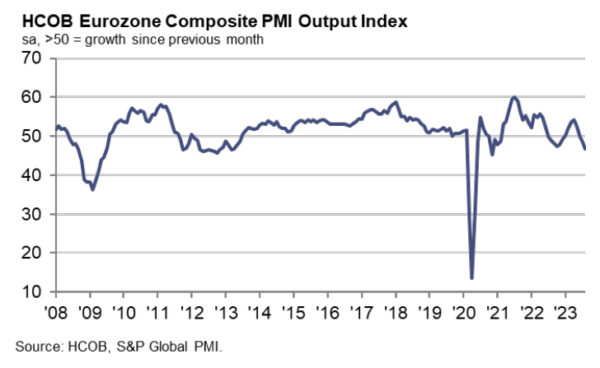
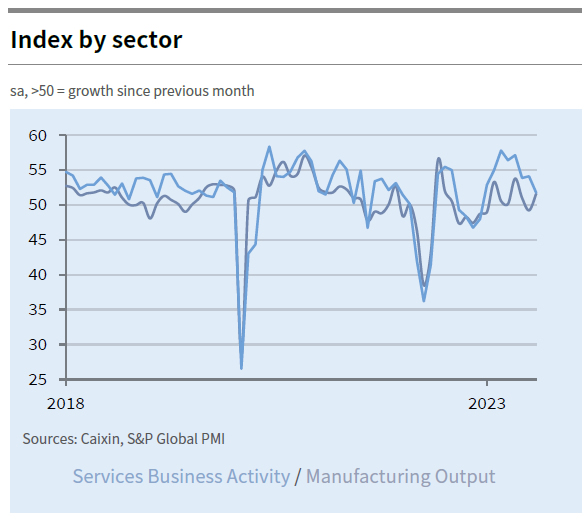
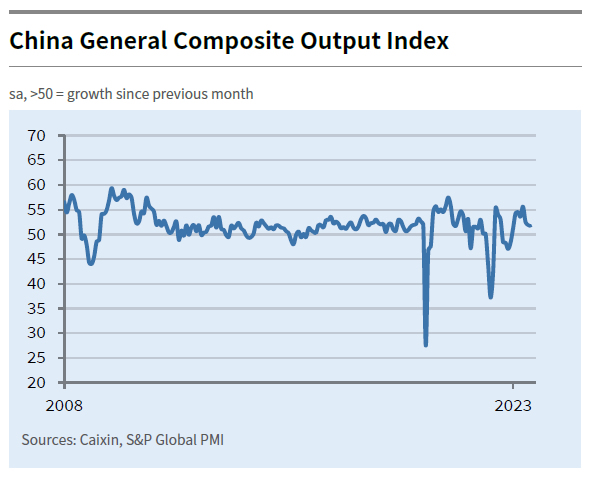
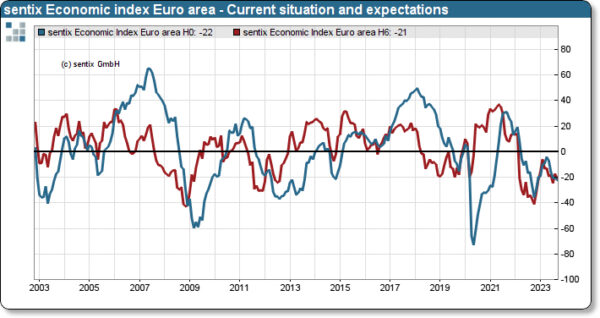
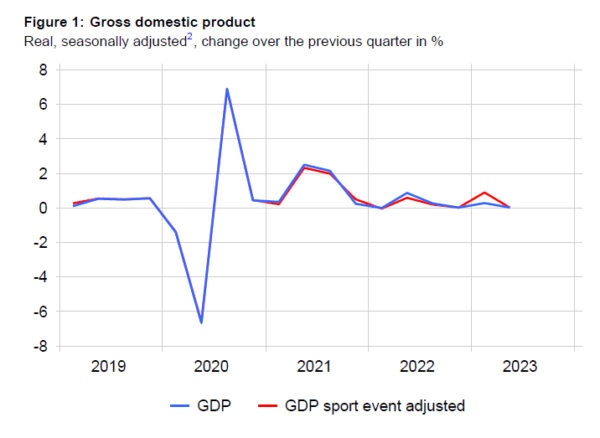

Fed’s Collins advocates patience and holistic data assessment
Boston Fed President Susan Collins struck a note of caution and restraint in todays remarks, suggesting that while policy rates may be reaching their peak, further tightening could still be on the table, dependent on “holistic data assessment.”
“This phase of our policy cycle requires patience, and holistic data assessment, while we stay the course,” Collins asserted.
Collins emphasized the challenge of discerning meaningful trends in economic data, cautioning that “it is difficult to extract the signal from the noise.”
“If the improvement is fleeting, further tightening could be warranted,” she warned.
Most notably, Collins was reluctant to embrace the notion that recent improvements in economic indicators necessarily signal a taming of inflationary pressures.
“There are promising developments, but given the continued strength in demand, my view is that it is just too early to take the recent improvements as evidence that inflation is on a sustained path back to 2%,” she said.